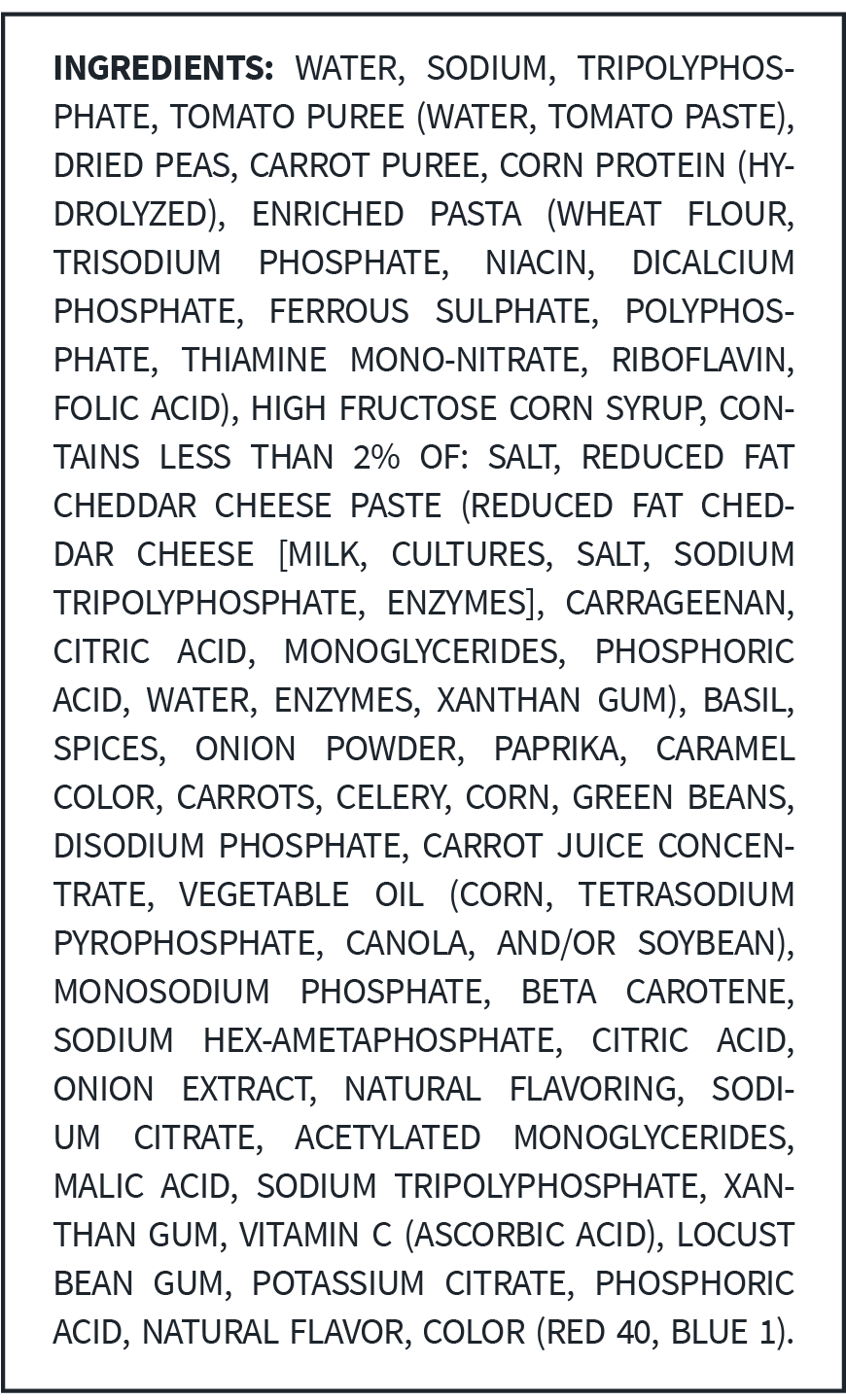Managing your Phosphorus with CKD
Managing phosphorus levels is crucial for kidney health—discover expert tips on eating well and avoiding high-phosphorus foods to protect your bones and heart.

When you have kidney disease, it’s harder for your kidneys to balance phosphorus levels in your blood. If your phosphorus is too high, it can increase your risk of heart disease and bone disease.
Tips for managing phosphorus
Your doctor and/or dietitian will let you know if your phosphorus levels are too high. Use these tips to manage your phosphorus.

Phosphorus is found naturally in fresh foods like dairy products, whole grains, meats, legumes, and nuts/seeds—all healthful choices when eaten in moderation. Talk to your dietitian about the right amount for you.

Phosphorus can be added to foods as a preservative, which can raise your phosphorus levels more than fresh foods. It’s important to check the ingredients on the food label for added phosphorus.
Look for ingredients that contain the word “phos”:
- Phosphoric acid
- Monocalcium phosphate
- Sodium hexametaphosphate
Examples of foods with phosphate additives:
- Fast food
- Biscuit, pancake, and cake mixes
- Processed cheese such as American, Cheez whiz, and Velveeta
- Processed meats such as sausage, ham, and lunch meat
- Dark cola, energy drinks, and bottled iced tea

Even with diet changes, you may need to take a prescription medication called a phosphorus binder (also known as a phosphate binder). The binder is taken with meals and snacks to help your body absorb less phosphorus.

Find the hidden sources of phosphorus in this ingredient list. Pay attention to “enhanced” raw meats too, like chicken breast and pork chops, which also contain hidden phosphates.
Hint: There are 12 hidden phosphate additives.

